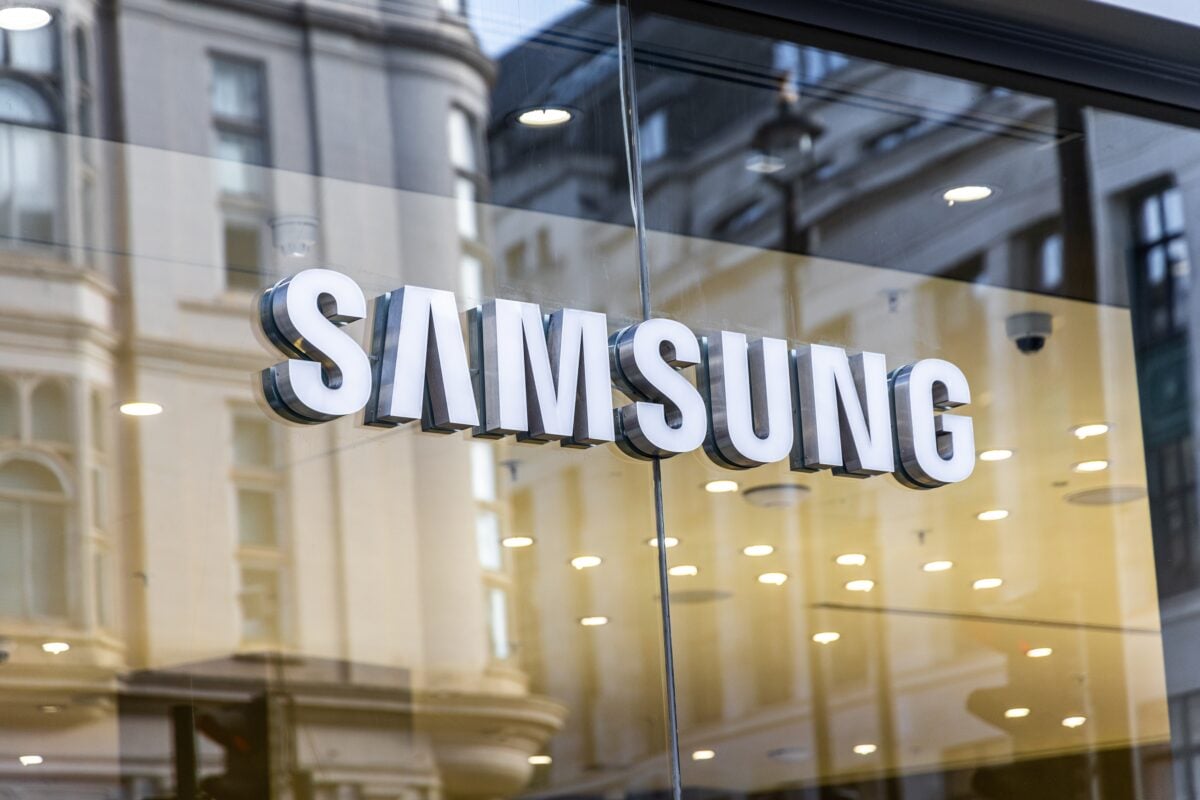TLDRs;
Contents
- Samsung is ramping up advanced chip production to regain ground in the AI hardware race.
- The company’s new HBM4 memory, using 1c DRAM, will begin mass production later this year.
- Samsung is expanding its Pyeongtaek foundry to support increased demand and advanced processes.
- Despite technical progress, internal cultural and talent issues could hinder Samsung’s full recovery.
Samsung Electronics is accelerating its semiconductor strategy in a bid to rebound from ongoing earnings pressure and strengthen its grip on the AI hardware market.
As global demand for high-performance computing and memory intensifies, the South Korean tech giant is focusing on next-generation chips to secure orders from industry titans such as Nvidia. This renewed push comes at a critical time for Samsung, whose semiconductor division has been under financial strain amid fierce competition and shifting market priorities.
HBM4 and 1c DRAM Anchor Samsung’s Comeback Strategy
Central to Samsung’s renewed effort is its upcoming high-bandwidth memory (HBM4) line, which will leverage DRAMs built using the advanced 1c process. This sixth-generation 10-nanometer class technology enhances both computational speed and energy efficiency.
The company recently received production approval for 1c DRAM, signaling readiness to enter mass production later this year. HBM4 is especially crucial in the era of AI processors, as demand grows for faster memory solutions optimized for machine learning and data-heavy workloads.
Foundry Expansion Reflects Rising Stakes in AI Era
Samsung’s ambitions go beyond memory chips. The company is also expanding its foundry capabilities, particularly at its Plant 4 facility in Pyeongtaek. New production lines dedicated to the 1c process are being added, underscoring Samsung’s commitment to large-scale output for next-gen AI chips.
This move mirrors the firm’s long-standing playbook of investing in process innovation during industry downturns. Historically, Samsung has used advanced manufacturing techniques to leap ahead of rivals, a pattern it hopes to replicate now as it battles SK Hynix for dominance in the AI memory space.
Leadership Talks Signal Strategic Repositioning
Vice Chairman Jun Young-hyun recently held high-level meetings with global tech leaders, including executives from Nvidia, to highlight Samsung’s capabilities in both high-bandwidth memory and custom chip manufacturing. These talks reflect Samsung’s urgency to reestablish relevance in a market that is increasingly shaped by the demands of AI computing.
The new HBM4 chips are designed in accordance with JEDEC’s latest standards, offering double the independent channels of previous models. This allows for dramatically higher bandwidth, a key requirement for modern AI training and inference.
Samsung Confronts Internal Challenges Amid Market Shift
While technical strides in chip design mark a positive turn, Samsung’s recovery hinges on more than innovation. The company continues to grapple with internal issues, including engineering talent turnover and cultural friction within its semiconductor division.
These challenges have eroded its edge in recent years, allowing competitors like SK Hynix to pull ahead in execution and market share. Analysts project a 21 percent decline in Samsung’s Q1 2025 profits, underscoring the urgency of both technological and organizational transformation.


